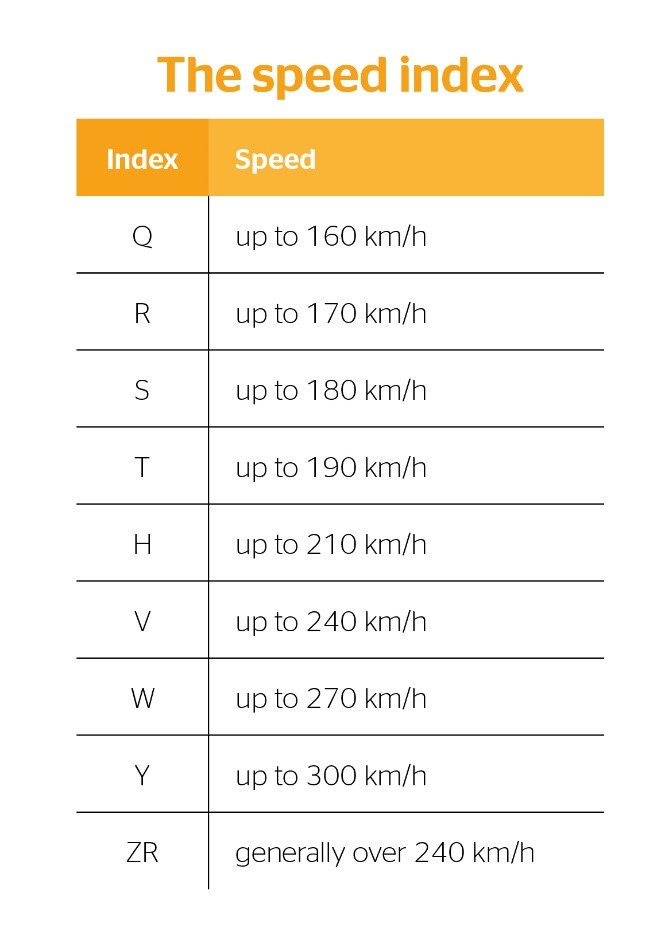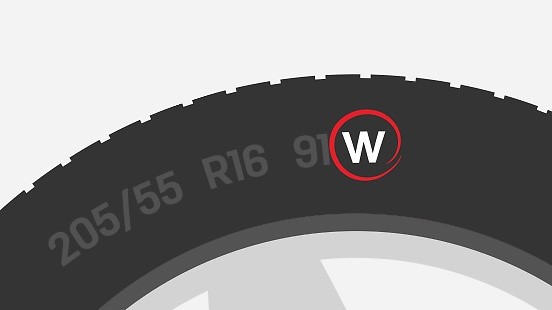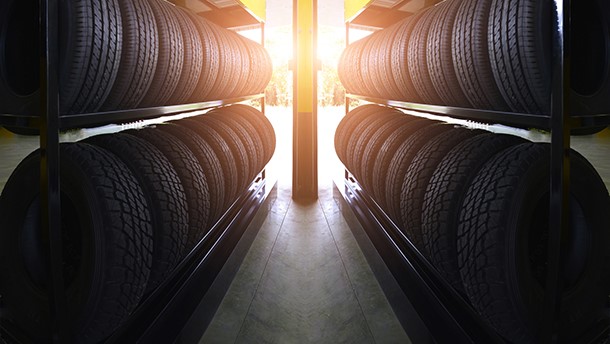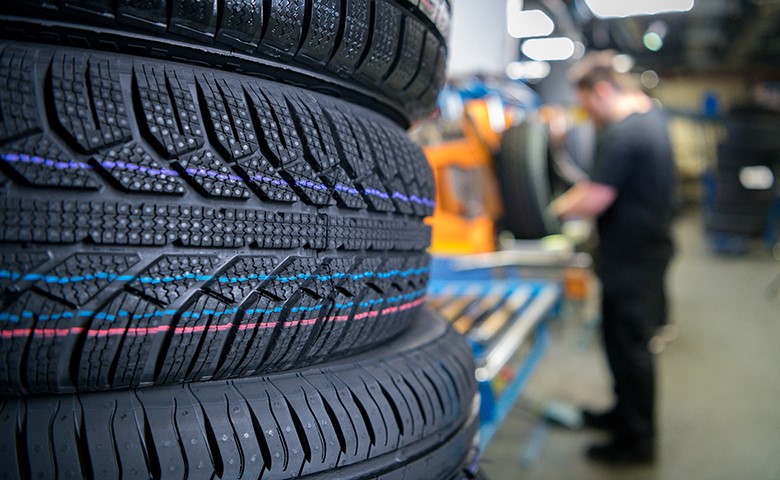No 1: SPEED RATING
Tyre manufacturers use a great deal of jargon, coded letters, and numbers. They also put mysterious letters and digits on the sidewall of your tyres. BestDrive are here to help you make sense of it all, so you can make an informed choice of tyre for your safety and comfort.
What does speed rating mean?
All tyres are engineered and manufactured to have a maximum speed. This is known as their ‘speed rating’ or sometimes their ‘speed index rating’. The letter on the tyre sidewall tells you the speed rating of the tyre, as shown below in the speed index.
 Why does it matter?
Why does it matter?
Vehicles should only be fitted with tyres with a speed rating which matches the vehicle’s top speed. If a vehicle is fitted with a tyre or tyres with a lower speed rating, the tyre may not perform safely when it reaches speeds above its rating. This means there is a risk of compromising the vehicle’s handling.
Is speed the only issue?
Despite the name, the speed rating is not only about speed. Having the appropriate speed-rated tyres fitted to your car will also ensure they can withstand the forces they are subjected to when you accelerate, brake, and corner. It will also help with traction and ride comfort.
Can I choose new tyres with a higher speed rating?
Vehicle manufacturers fit their cars with the tyres which have the most appropriate speed rating. If you want to fit tyres with a higher speed rating, you can. This may help to improve you car’s performance on cornering, for example. But of course it won’t increase its top speed!
However, when you deviate from fitting tyres with the vehicle manufacturer’s recommended speed rating, there are some important safety considerations.
- Don’t change just one tyre. Always change at least two.
- Match tyres with the same speed rating across the same axle. Don’t have two tyres on one side of the car with a different speed rating from the tyres on the other side
- If you change only two tyres, fit them both to the rear wheels.
- Mixing speed ratings on a vehicle should be avoided. But if you do, the tyres with the lower speed rating should go on the front axle, whether your car is front-, rear- or four-wheel drive. This will avoid the risk of oversteer.
- If your car is a 4×4, it is strongly recommended that you never switch to tyres with a different speed rating from the manufacturer’s recommendation. If you still want to try it, check with the vehicle manufacturer first.
What about fitting tyres with a lower speed rating?
The tyres fitted as Original Equipment have the optimum speed rating for the vehicle. Which means it’s the optimum for your safety and your vehicle’s performance.
Tyres with a lower speed rating may compromise safety on braking and cornering, for example. That’s why, when you replace worn or damaged tyres, the simplest and safest option is to choose new tyres with an identical speed rating to the ones they are replacing.
There is an exception to this rule.
Many winter tyres are available with lower speed ratings than summer tyres. That’s because people tend to drive more slowly in winter than in summer. If you decide to change to winter tyres with a lower speed rating, the advice above about which axles to fit them on still applies.
Whether replacing worn tyres or switching to winter tyres, it is always advisable and preferable to change all four tyres together, for optimum safety and performance.
Ask the experts
Continental Tyres – our tyre partner – have put together a short video about tyre speed ratings.
Now you’ve read this article, if you watch the video, you’ll have a clear understanding
of what a tyre speed rating means, and how to decode the speed rating information on the sidewall of your own tyres.
However, if for some reason you want to choose tyres with a different speed rating, or you are not able to replace all four tyres, or you have any other tyre-related questions it’s best to get expert advice from BestDrive. We will be happy to help.
BestDrive by Continental – You drive, we care.




